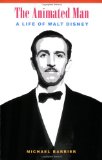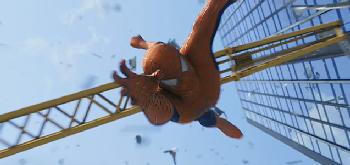If you’ve been anywhere near the film geek webpages during the week you’ll have seen this news: Peter Jackson and Steven Spielberg are making movies of Herge’s comic book series The Adventures of Tintin. Spielberg in particular has been mentioned in relation to this property before, but it really seems to be moving forward now. Courtesy of Variety:
Steven Spielberg and Peter Jackson are teaming to direct and produce three back-to-back features based on Georges Remi’s beloved Belgian comic-strip hero Tintin for DreamWorks. Pics will be produced in full digital 3-D using performance capture technology.The two filmmakers will each direct at least one of the movies; studio wouldn’t say which director would helm the third… The Spielberg-Jackson project isn’t likely to languish in development for long. Spielberg could become available this fall after wrapping “Indiana Jones 4.” Jackson will wrap “Bones” by the end of the year.
I have mixed feelings about this whole thing, but I’m certainly very interested. Tintin was a staple of my childhood; as I got a bit older, I cast them aside, deciding that the other big comic book series, Rene Goscinny and Albert Uderzo’s Asterix was a bit hipper. Yet I came full circle when I revisited the Tintin books as an adult. They might superficially be pitched a little younger than the jokey Asterix books, but Herge was clearly the superior artist. His beautifully simple graphical style and grasp of the comic book form really sets the Tintin books apart. He also showed remarkable facility at different genres: the Tintin books range from the full-blown adventure of sending Tintin to the moon (in Explorers on the Moon) to the minimalist house-bound mystery of The Castafiore Emerald, a comic drama where the ultimate joke is that Herge generates a whole book around nothing of consequence.


